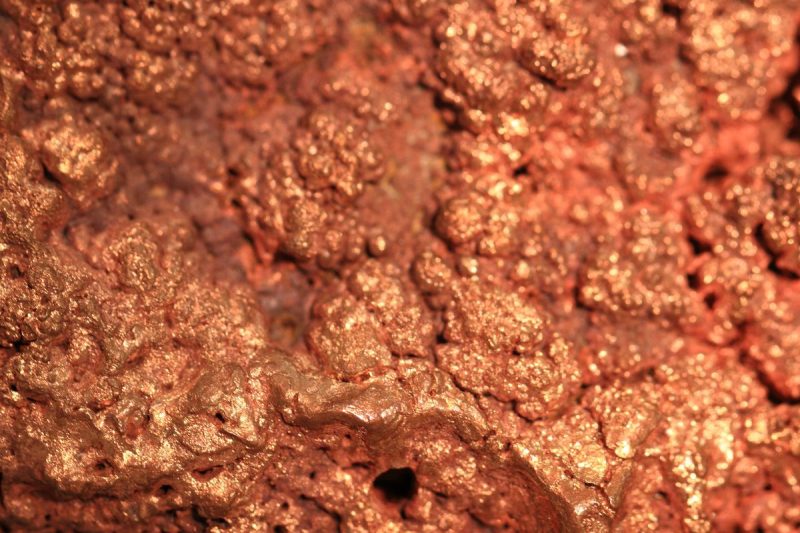Copper Refining: From Ore to Market
In the world of industrial metals, copper holds a significant importance due to its versatile applications across various industries. From electrical wiring to construction materials, copper’s role is irreplaceable in modern society. The process of refining copper, from its original ore to the final product, is a complex and fascinating journey that involves several steps and technologies. Let’s delve into the detailed process of copper refining, highlighting the key stages involved in transforming copper ore into refined copper metal.
Mining and Extracting Copper Ore
The journey of copper refining begins with the extraction of copper ore from mining sites. Copper ores are typically found in large quantities in underground mines or open-pit mines. The primary methods of copper ore extraction include traditional mining techniques such as underground drilling and blasting or open-pit mining using heavy machinery. Once the copper ore is extracted from the earth, it is transported to processing plants for further refinement.
Crushing and Grinding
The next step in the copper refining process involves crushing and grinding the copper ore to reduce its size and prepare it for further processing. This process is crucial to increase the surface area of the ore, facilitating the extraction of copper minerals during subsequent stages. Crushing and grinding the ore also help in separating the copper minerals from the gangue minerals, which are impurities that need to be removed.
Froth Flotation
Froth flotation is a key separation technique used in the copper refining process to separate copper minerals from the rest of the ore. In this step, the crushed and ground ore is mixed with water and chemicals called reagents. Air is then bubbled through the mixture, causing the copper minerals to attach to the air bubbles and rise to the surface in the form of froth. The froth containing the copper minerals can then be skimmed off and further processed.
Smelting
After the copper minerals are separated through froth flotation, the next stage in the refining process is smelting. Smelting involves heating the copper concentrate to high temperatures in a furnace to extract the copper metal. During this process, the copper concentrate is mixed with fluxes such as silica and limestone, which help remove impurities and form a matte containing copper sulfide. The matte is then further processed through various techniques to obtain pure copper metal.
Refining and Purification
Once the matte containing copper sulfide is obtained through smelting, it undergoes further refining and purification processes to produce high-quality copper metal. The two main techniques used for refining copper are electrolysis and fire refining. Electrolysis involves passing an electric current through a copper sulfate solution to deposit pure copper metal on the cathode. Fire refining, on the other hand, involves melting the copper matte and introducing oxygen to burn off impurities, resulting in refined copper metal.
Casting and Forming Copper Products
The final stage in the copper refining process involves casting the refined copper metal into desired shapes and forms for various applications. Copper can be cast into ingots, bars, or other shapes based on specific requirements. These copper products can then be further processed and used in industries such as electronics, construction, and manufacturing to create a wide range of products like wires, pipes, and components.
In conclusion, the journey of copper refining from ore to market is a complex yet essential process that involves several stages and technologies to produce high-quality copper metal. Through mining, crushing, froth flotation, smelting, refining, and casting, copper ore is transformed into refined copper products that play a crucial role in powering modern industries. The demand for copper continues to grow, highlighting the importance of efficient refining processes to meet the needs of a rapidly evolving world.
